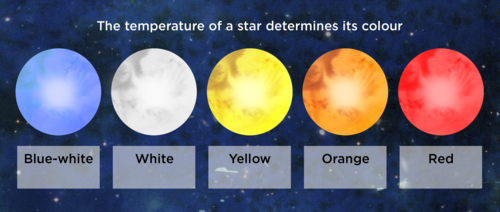3rd Grade, section II and III Astronomy Science
Study for the Quiz, and students who couldn't be in class underline the next topics on your book.
- Stars
- · Describe how color indicates the temperatura of a star
- · Explain how a scientist can identify a star’s composition
- · Describe how scientist classify stars
- · Compare absolute magnitude with apparent magnitude
- · Identify how astronomers measure distances from Earth to stars
- · The Life Cycles of Stars.
Do the 2 blog homework.
Complete notebook.
Do the Reading Plus activity.
READING PLUS
Dear students,
The usage of the Platform Reading Plus will be ruled by the following guidelines:
EXTRA POINT !!!!!!!!!
3 combos in a month will give you 1 extra point in Literature . ( remember a combo is: 2 readings in a row with 80% or more comprehension)
3rd Grade, section II and III Astronomy Science
Evaluation Criteria
1st HOMEWORK
Write the information below, make two questions, answer them on your notebook and illustrate the topic.

The usage of the Platform Reading Plus will be ruled by the following guidelines:
- Every week you must work on 6 activities:
2 See Reading
2 Read Around
2 I balance
- You have to complete 30 minutes on Monday and 30 minutes on Wednesday
- The usage of the platform will be considered in your Literature grades.
- Monday's afternoon, the teachers will check the progress of all the students.
- On Tuesdays and Wednesdays, students who didn't complete the 6 activities will be reported with their parents.
EXTRA POINT !!!!!!!!!
3 combos in a month will give you 1 extra point in Literature . ( remember a combo is: 2 readings in a row with 80% or more comprehension)
3rd Grade, section II and III Astronomy Science
Stars, Galaxies and the Universe
- · Stars
- · Describe how color indicates the temperatura of a star
- · Explain how a scientist can identify a star’s composition
- · Describe how scientist classify stars
- · Compare absolute magnitude with apparent magnitude
- · Identify how astronomers measure distances from Earth to stars
- · The Life Cycles of Stars
- · Describe different types of stars
- · Describe the quantities that are plotted in the H-R diagram
- · Explain how stars at different stages in their life cycle appear on the H-R diagram
Evaluation Criteria
1. Classwork 40%
2. Speaking Ability 20%
3. Homework: 20%
4. Quiz: 20%
Write the information below, make two questions, answer them on your notebook and illustrate the topic.

Color
A star's color depends on its surface temperature. Cooler stars tend to be redder in color, while hotter stars have a bluer appearance. Stars in the mid ranges are white or yellow, such as our sun. Stars can also blend colors, such as red-orange stars or blue-white stars.
Brightness
Two characteristics define brightness: luminosity and magnitude. Luminosity is the amount of light that a star radiates. The size of the star and its surface temperature determine its luminosity. Apparent magnitude of a star is its perceived brightness, factoring in size and distance, while absolute magnitude is its true brightness irrespective of its distance from earth.
2nd HOMEWORK
2nd HOMEWORK
Stars
Complete the sentences, you can print or rewrite them.
- The color of the stars depends on its ________________.
- Hot stars are _________.
- Cool stars are _________.
- The spectrum of a star shows _______________________________________.
- Scientist classify stars by ___________________ and ___________________.


Comentarios
Publicar un comentario